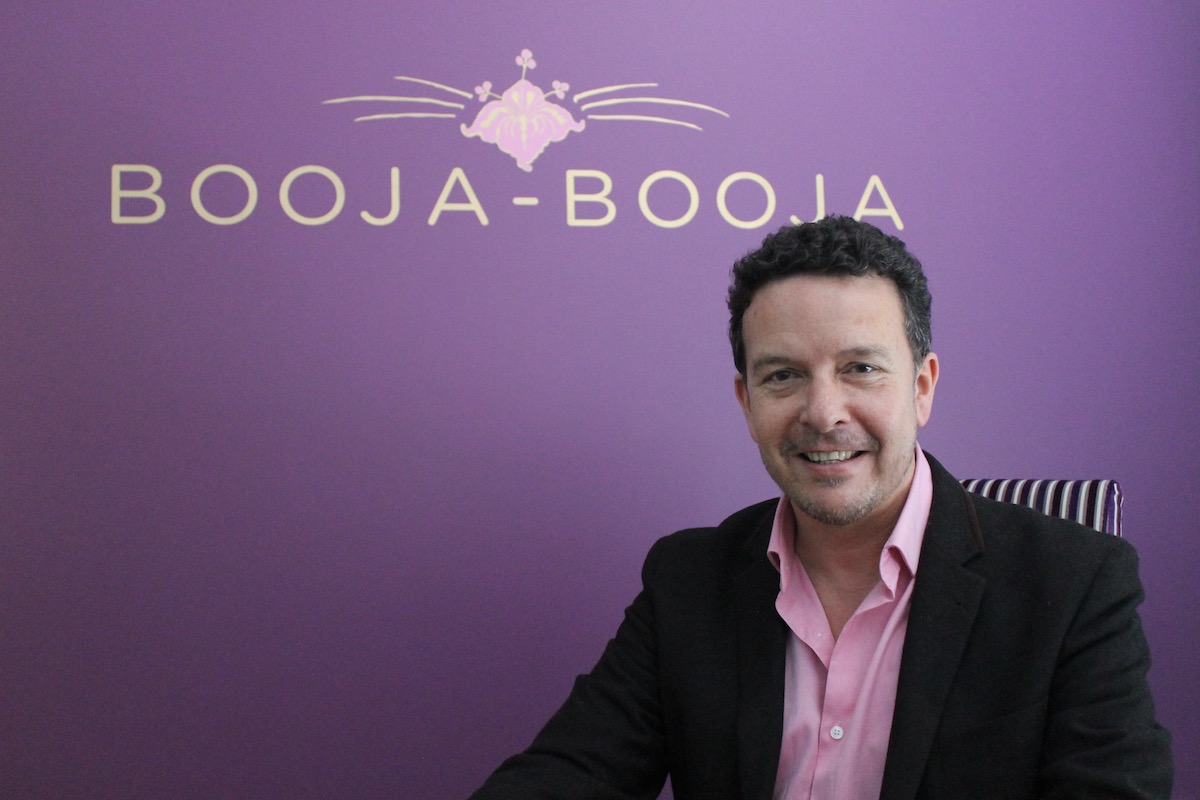Leadership & Strategy
Article
Continuous improvement: Why it’s important to not just change for change’s sake

While it may be tempting to fully embrace the continuous improvement mantra, Be the Business found out why change for change’s sake can sometimes be damaging and detrimental to progress.
Dairy-free luxury chocolates were an unusual sight on supermarket shelves when Booja-Booja launched in 1999, but the award-winning business, based in rural Norfolk, was ahead of the curve. Now 50-people strong, the company is known for its dairy-free truffles ice-cream – indulgences that no doubt helped lure David Abbott, the company’s MD, when he joined in 2012 to help evolve the business from a small to a medium-sized company.
“Change is essential for a business to evolve and grow,” he said, arguing that any business, however small, should have a strategy that outlines a plan for change – and everyone should be committed to it. However, that doesn’t mean that organisational change must be the sole purview of senior management.
“We find that ideas for change often come from within by listening to the people who are doing the job,” he explained. He cited a tiny but very effective change: “Everyone on the Booja-Booja production line used to wear the same colour hairnets, and one small idea was to change the colour for team leaders meaning you can now easily identify that person, thus saving time.”

Remaining true to its core purpose is what anchors the business in an industry that is buffeted by many foodie fads. Making change for change’s sake is definitely anathema to Booja-Booja, which puts innovation at the heart of what it does. “For us, the wrong kind of change would be one which doesn’t fit with our core values of respect, innovation and professionalism,” added Abbott. “We have always remained true to our core purpose of producing outstanding, absolutely delicious organic, dairy-free, gluten- and soya-free chocolate and ice-cream treats. There are now many more non-dairy ice cream competitors in the field than there were when we launched our first ice cream in 2007, and it is important to assess what they are doing in relation to our core purpose.”
Think lean
Abbott told Be the Business that Booja-Booja introduced a lean manufacturing-based continuous improvement programme across the business about 18 months ago, which allows it to measure the impact of any change made. “It is starting to produce some significant benefits. Where we can’t measure in terms of numbers then we try to judge from anecdotal comments and feedback.”
The company has someone whose job is to look at ways the business can continually change and improve. “Our entire production line is involved with innovation and we assess every single idea suggested, however large or small. Even little changes can have a big impact on the way the business is run and on productivity,” he added.
To be truly innovative as a business does not mean change for change’s sake – it goes much deeper than that. “Really think about your vision for the business, the ethos, what your values are and what you’re trying to achieve,” Abbott advised. “Then measure yourself against these objectives and plan to achieve them breaking them down into ‘bite-sized’ chunks.” No pun intended.
Zoe Cunningham, managing director of software company Softwire, believes it is important for a business to not just change for change’s sake. “Change can be very disruptive for all the stakeholders in a business, and especially employees. Everyone works very hard to do a good job, so if you feel that the goalposts are always changing it can be very unsatisfying,” she explained.
Flighty change
The worst kind of change, she thinks, is “flighty” change. “This is where you are changing what you are aiming for very frequently, often without finishing off what you were working on before. Or change that appears to serve no business purposes – for example the frequent rebrands that organisations undertake and then have to roll back again,” she said. “Another poor example of change is change that serves the leader of the organisation rather than the organisation itself, for example relocating the office to where the leader currently lives.”

However, Cunningham believes change is necessary to help a business evolve by learning from past mistakes. Individuals must also be given opportunities to grow personally. “We make small changes all the time that help to add to people’s experiences working with us – for example about six months ago we started offering optional meditation at lunchtimes.”
“I find it helpful to think of businesses as a living organisation. Any sudden, dramatic change is likely to kill them. On the other hand, no room to grow and develop will mean that they slowly wither away.”
For fast-paced tech companies, is it right to resist fleeting trends or is it important to keep up with what competitors offer? “The right answer is somewhere in between the two.” reflected Cunningham. “It’s tempting to either ignore new developments as flash-in-the-pan or to jump on every bandwagon that comes along.” The key is to assess what fits with the business and your strategy. “If a new development enhances your offering and works well alongside your existing products and services, great. If it doesn’t, then leave it to your competitors”, she advised.
Like Abbott, she thinks it is absolutely necessary to measure the impact of any change against what you originally wanted it to achieve. “If I am just trying to make things ‘better’ without knowing what I am specifically trying to impact, how can I possibly work out after the fact whether I succeeded or not?” she explained. “If I have a clear idea of what I wanted, then measuring against that success criteria will help to work out whether the change worked.”
Her advice to other SME leaders about making the right kind of change is to think about how much you have on right now. “If things have been stable and static for a long time, now might be a good opportunity to mix things up. If you have been or are in the process of making a lot of changes, maybe bench this new idea for now. If it’s a good one, it’ll still be there in 12 months’ time.” Unlike that box of Booja-Booja chocolates you bought yesterday.